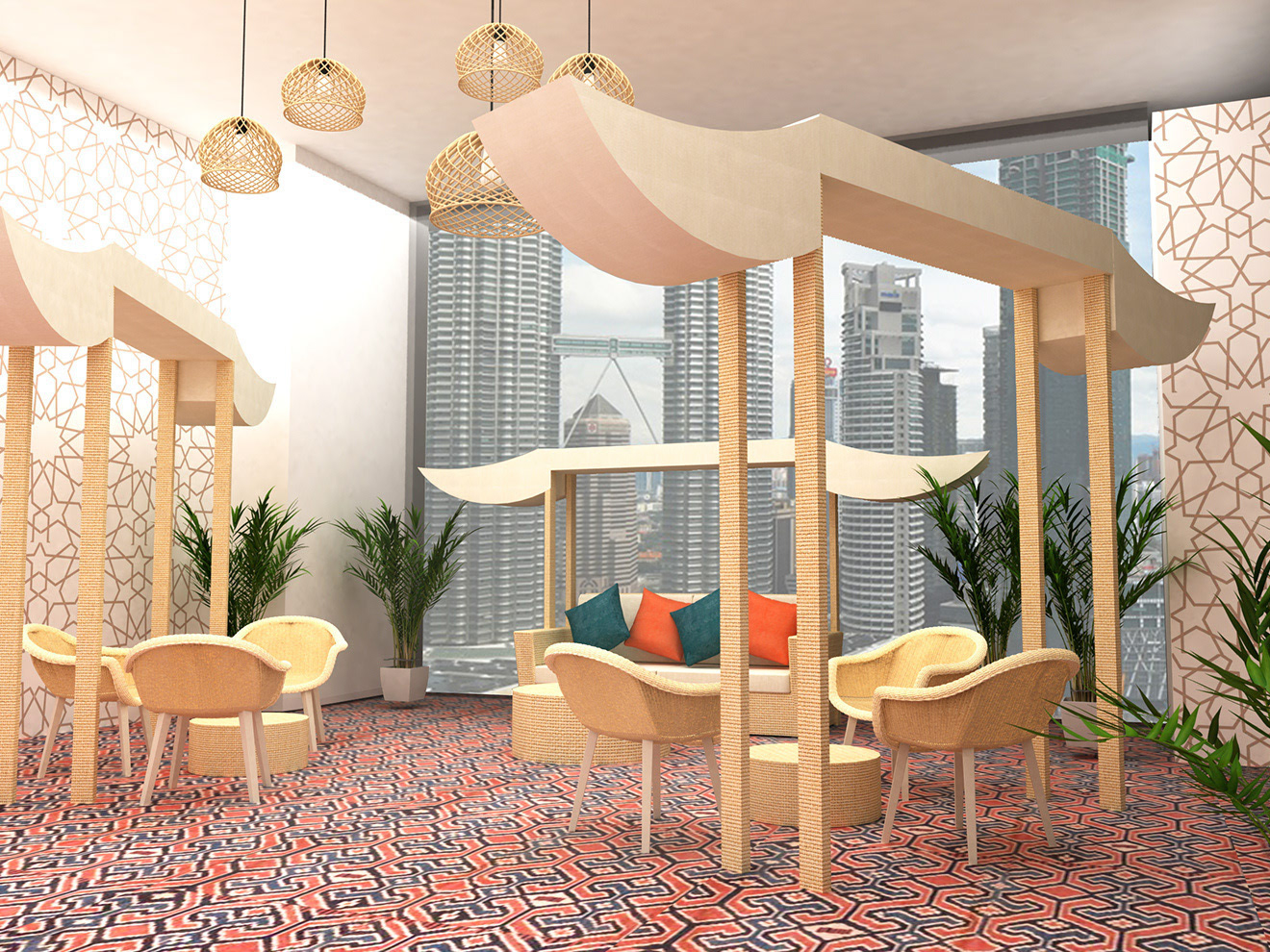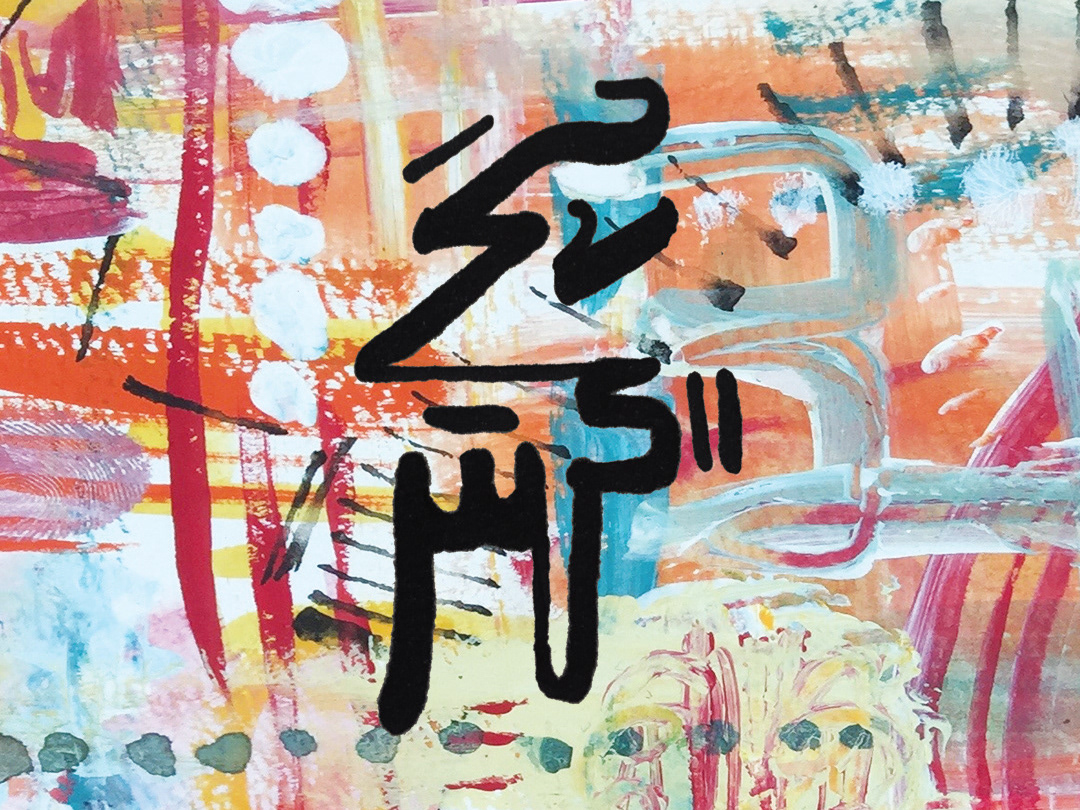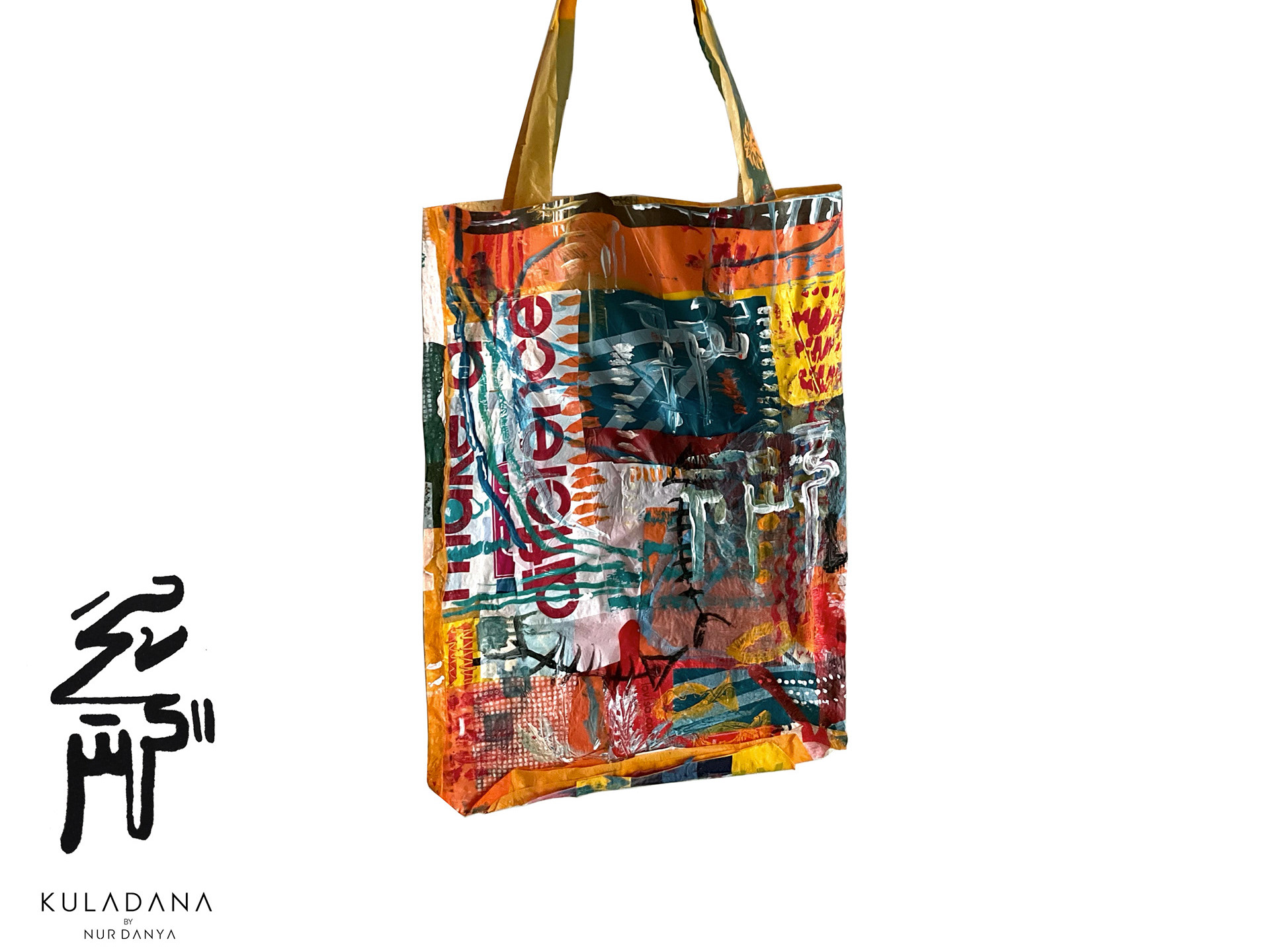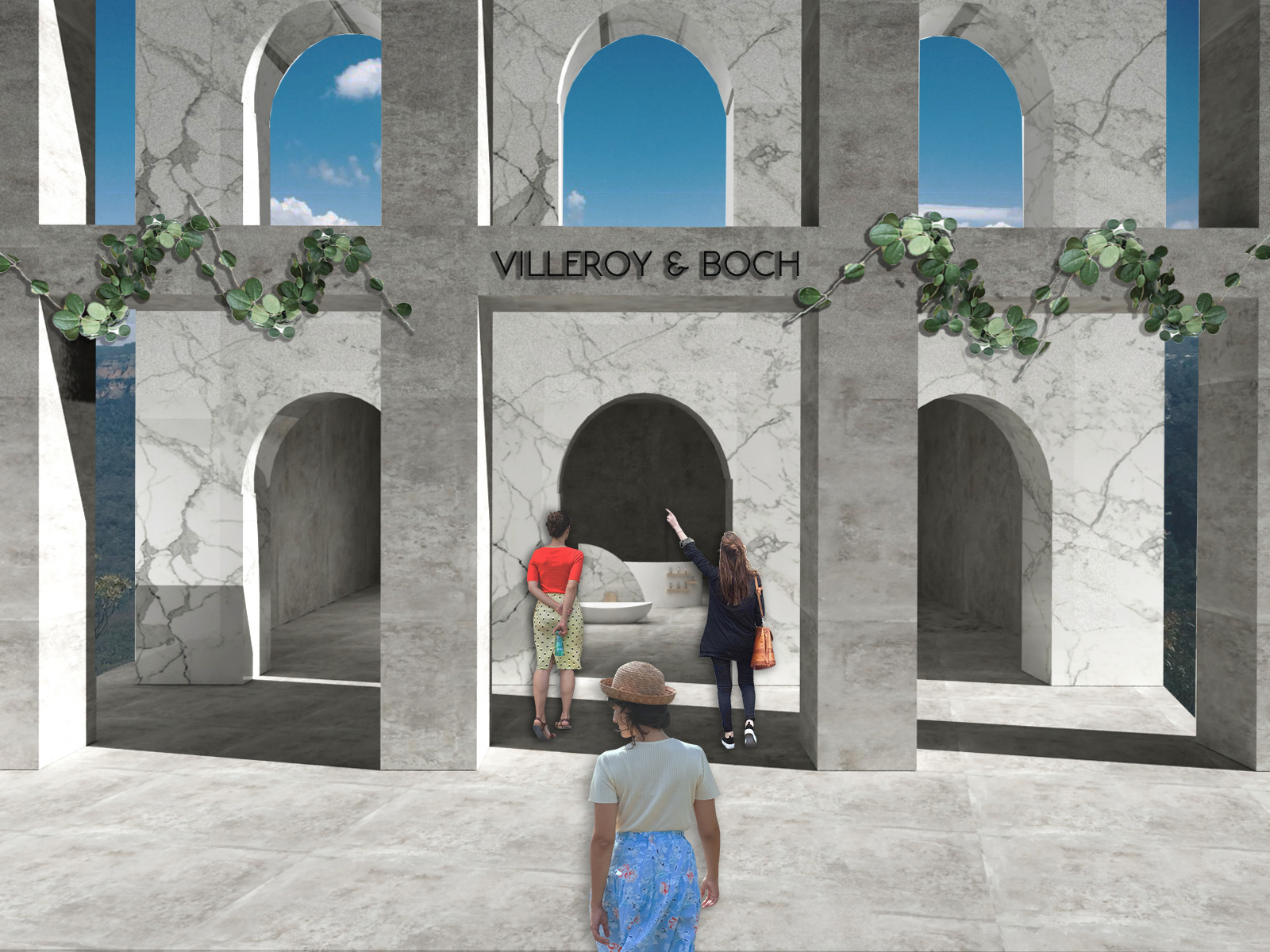Reimagining Climate Change Through Art and Art Education
Issue
Climate change is not just an environmental problem. It is a social problem as well. According to a survey done by the National Climate Change Secretariat, although 95% of Singaporeans are aware of climate change, 70% are not aware of what actions to take.
While some environmentalists believe that those who possess sufficient knowledge of climate change will take suitable actions to preserve it, studies show that regular exposure to environmental degradation may numb an individual’s concern for environmental problems in general, an issue known as desensitization.
Desensitization provides evidence that an intellectual understanding of climate change through scientific data is not enough to create nor raise awareness.
Therefore, to ideally move forward and affect meaningful change, there is a need to tap into the creative parts of the brain through mindful awareness.
Now more than ever, creative voices are needed to act as powerful change makers and art and art education can become the platform to forming a safe and equitable future for all.
Exposed, open-air Exhibition Space
Intention
In the context of inspiring climate action through public outreach and engagement, the eARTh School speculates on the possibilities of reimagining what constitutes an art school, through the hopes of creating awareness on the climate crisis.
The spaces will be designed to become artworks that draw people in, evoke emotions and provoke discussions that lead to decisive and impactful actions to address the climate crisis.
The eARTh School will be reimagined at the Singapore Tyler Print Institute, highlighted in red, along Robertson Quay, which is currently an establishment that focuses on artistic experimentation in the medium of print and paper.
View of Teaching Space 1 : Causes and Impacts
The main entrance to the school is located along Caseen Street, which can be accessed via the five-footway. The first floor comprises of Teaching Space 1, where artists become educators, bringing issues concerning our environment through an artistic lens. This space leads the visitors through a journey of darkness, educating them on the causes and impacts of climate change. In this space, the artworks are integrated with the architecture and are painted on every surface all the way from the floors to the staircases. This allows the artworks you see to change depending on where you choose to stand, further providing visitors with the time to reflect and ponder upon their actions.
As shown in the artistic impression of 'Teaching Space 1: Causes and Impacts', the only source of light entering the space comes from the brightly lit exhibition space, restoring hope amongst the visitors that there is time yet, to change our actions towards the crisis.
After encountering Teaching Space 1, visitors could choose to walk towards the light, which leads them towards the exhibition space and as shown in the artistic impression, it is exposed to the sky to allow artworks as well as the interior spaces to deteriorate based on Singapore’s climatic conditions. This allows opportunities for the visitors to witness the severity of the crisis firsthand.
Exposed, open-air Exhibition Space
The artworks, sculptures and paint supplies in the exhibition space are displayed using a scaffolding system, placed in front of the back wall. Since the whole space is exposed to rain and sunlight, the back walls are subjected to weathering and decay.
In addition to giving the impression that the wall is temporarily under construction, the scaffolding system with the artworks acts as a reality projector that reflects the urgency of the climate situation, rebuilds the disintegrated wall and leads to a paradigm shift in how we perceive the world.
This further alludes to the notion that art and spatial design have the power to inform, engage and inspire individuals to rethink their actions toward a safe and equitable future.
Elevations
In the hopes of inspiring individuals to become more eco-friendly through the means of art, there are recycling workshops which encourage and educate visitors on the importance of recycling and engage them in activities that help them create art from recyclable materials.
There are also climate bites cooking classes led by artists which teach students and the public the art of clean cooking. In addition to the clean cooking classes, the climate bites programme also comprises of smoothie bikes which inspire visitors to create their own juices. The bikes do not use electricity, instead the blades of the blender are connected to the wheels of the bike by a rubber disc. The faster one pedals, the faster the blender spins, making fresh fruit juice.
Outside, along Caseen Street is the Living Lab, where Climate experts and artists could come together to observe signs of climate change in the Robertson Quay area and find ways in which these concerns could be conveyed through an artistic lens. There are also art-related bike tours curated by the artists themselves that involve biking to murals and public art across Singapore whilst engaging in thought-provoking conversations about climate change.
Sections
Up the stairs on the second floor are independent studio spaces in which artists could envision and create artworks that inspire climate action. Some of these studios are located towards the river to allow artists to use the river as a driving force for inspiration.
The second floor also comprises of Teaching Space 2, which educates students and visitors on the adaptation and mitigation strategies. As shown in the section, the glass walls not only act as a space divider, but it also doubles as a canvas or a writing surface for the artists to plan their ideas.
The fully glass Hybrid Studio, shown in the artistic impression is a collaborative space in which artists could come together and become storytellers or performers, spreading awareness throughout the art institution. In addition to being a collaborative space, this studio is thermo-sensitive as well, allowing the visitors to feel the changes in temperature and weather, starkly ending the disconnection people have with the climate crisis and prompting them to take action.
Hybrid Studio Space
The eARTh School therefore, provides an understanding of enhancing the relationship between art, environment and community; a relationship where art and spatial design work in partnership, engaging individuals in a continuous process of reflective thinking and urging them to take action, collectively forming with urgency and hope, a global creative response to climate change.
Physical Model of the eARTh School










